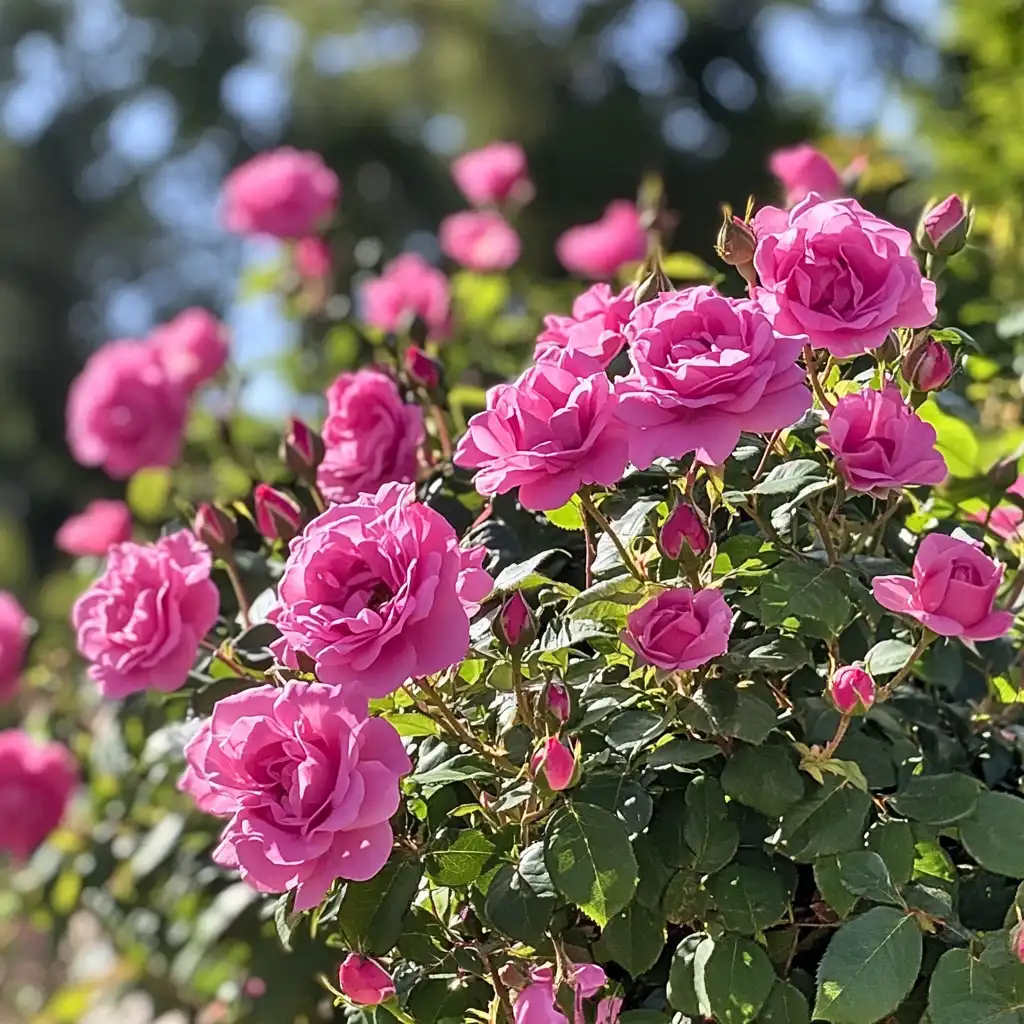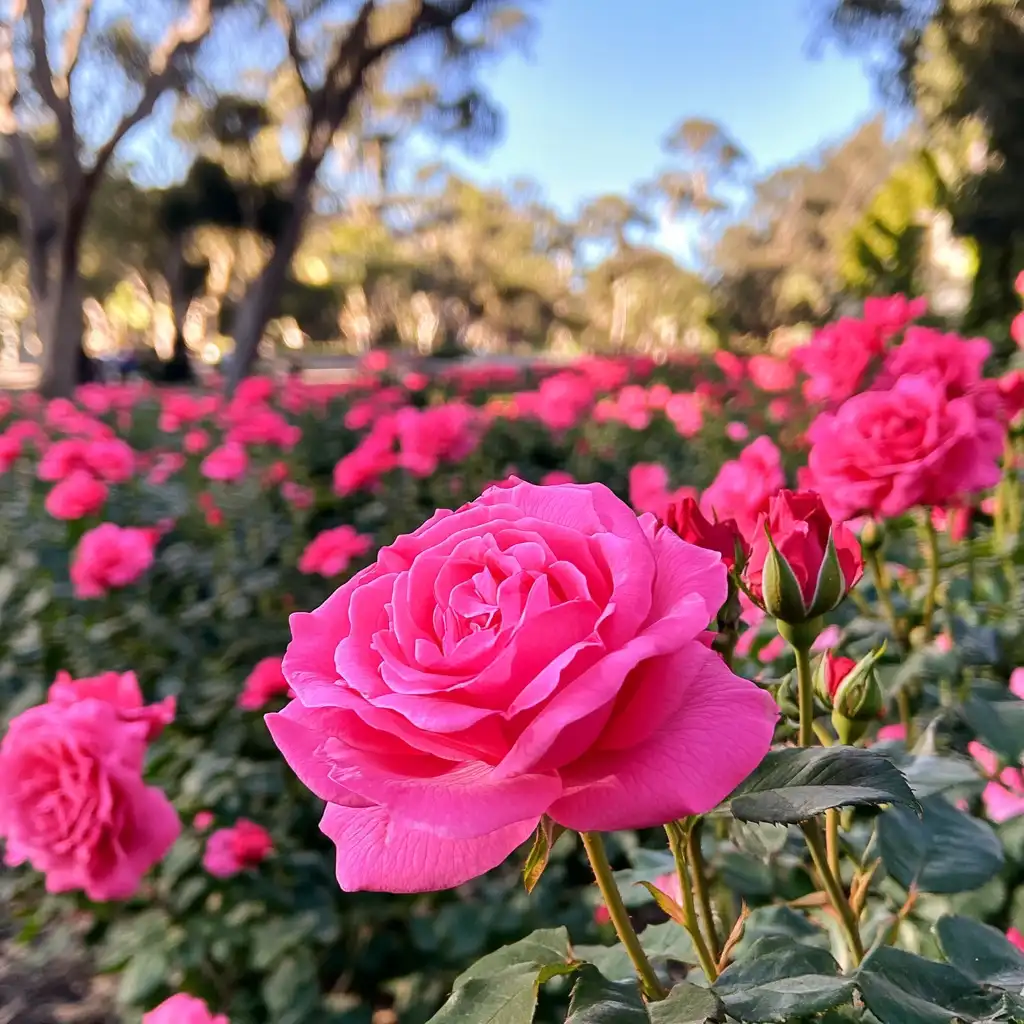Pruning climbing roses doesn’t just keep your garden tidy—it plays a crucial role in encouraging lush, repeated blooms and strong, structured growth. Whether you’re nurturing a beloved heirloom rose or training a new climber along a fence or trellis, knowing how to prune climbing roses properly ensures your plant thrives season after season.
In this guide, we’ll walk you through the best timing, tools, and techniques to prune your climbing roses like a pro—all while keeping the process approachable and rewarding.
Understanding Climbing Roses
Before you pick up your pruners, it helps to understand what makes climbing roses unique. Unlike traditional bush roses, climbing varieties grow long, flexible canes that can be trained to grow vertically or horizontally along structures like fences, arbors, trellises, or walls.
What sets climbing roses apart is their growth pattern and bloom cycle:
- Many repeat bloomers, flowering multiple times throughout the growing season.
- Canes don’t actually “climb” on their own—they need support and guidance.
- They produce main canes and lateral shoots (side branches), which is where most of the blooms appear.
Training these canes horizontally encourages the plant to send out more flowering laterals, resulting in a fuller display. With proper pruning, you’re not just shaping the rose—you’re unlocking its blooming potential.
When to Prune Climbing Roses
Timing is everything when it comes to pruning climbing roses. The best time to prune is during the late winter to early spring, just before new growth begins. This window typically falls between December and February, depending on your climate zone.
Why prune during dormancy?
- The plant is at rest, making it less stressful to cut back.
- It’s easier to see the overall structure without all the leaves.
- You’ll encourage fresh, vigorous growth as the weather warms.
❄️ Cold Climate Tip
If you live in a region with harsh winters, it’s smart to wait until early spring. Pruning too early may expose your plant to frost damage on freshly cut canes.
A good rule of thumb: Prune when you see the buds beginning to swell, but before they break open.
Tools You’ll Need for a Clean, Safe Prune

The secret to a smooth, effective pruning session? The right tools. High-quality pruning tools make cleaner cuts, reduce damage to the plant, and help prevent the spread of disease. Here’s what you’ll need in your garden toolkit:
🛠️ Essential Pruning Tools
- Bypass Pruners
Ideal for cutting thin stems and lateral shoots. Choose a pair with sharp, curved blades for precise, clean cuts. - Loppers
These longer-handled pruners give you more leverage and are perfect for thicker canes or hard-to-reach spots. - Gloves
Thick, thorn-resistant gloves are a must when handling climbing roses to protect your hands and forearms. - Pruning Saw
For mature roses with woody, older canes, a small folding pruning saw can handle tough cuts that pruners can’t. - Ties or Garden Twine
Use these to secure the main canes to your support structure after pruning. - Sanitizing Spray or Alcohol Wipes
Always disinfect your tools before and after pruning to avoid transferring diseases between plants.
🧼 Pro Tip
Wipe your blades clean between plants—or even between major cuts on diseased wood—to keep everything as healthy as possible.
Step-by-Step Guide to Pruning Climbing Roses

Pruning climbing roses may seem intimidating at first, but with a methodical approach, it becomes a satisfying garden ritual. Use this simple, memorable framework to guide your process from start to finish.
1. Prepare the Plant
Start by gently cutting the plant back to about waist height. This gives you a clearer view of the rose’s structure and makes it easier—and safer—to work around thorny canes.
- Remove any leaves still clinging to the plant.
- Untangle long canes from their support structure if needed to inspect them properly.
- Wear long sleeves and gloves—you’ll thank yourself later.
2. Remove the Dead and Damaged
Take a close look at the canes. You’re hunting for anything that’s:
- Dry, blackened, or shriveled (dead wood)
- Cracked or broken
- Rubbing or crossing over other stems
Cut these canes out completely, all the way back to the base or just above a healthy bud. Healthy stems should be green or reddish-brown, and firm to the touch.
3. Understand the Rose’s Shape
Every climbing rose has its own personality. Before you make your final cuts, pause to envision how you want it to grow.
- Select 3–5 strong, healthy main canes to serve as the structural base.
- Train these canes horizontally or at a 45° angle on your trellis or fence—this positioning encourages more flowering side shoots.
- Trim lateral shoots (side branches) back to 2–3 buds or about 6 inches to spark fresh growth and blooms.
✂️ Final Cut Tip: Always cut at a 45-degree angle, about ¼ inch above an outward-facing bud. This promotes outward growth and prevents water from pooling on the cut.
4. Neaten the Ground Below
Once you’re done cutting, clean up thoroughly:
- Gather all pruned branches, dead leaves, and debris.
- Do not compost the trimmings—diseases or pests may spread.
- Dispose of everything to keep your rose bed clean and disease-free.
5. Enjoy the Results
You did it! After pruning, take a step back and admire your work. The structure is clean, open, and ready to flourish.
🌹 Want to enjoy some cut roses indoors?
Snip just above the first five-leaflet leaf below the bloom, and place the stem in lukewarm water right away.
Extra Tips to Keep Your Climbers Thriving
Pruning is just the beginning. To get the most from your climbing roses, a little ongoing maintenance goes a long way. These quick tips will help your roses stay vibrant, healthy, and blooming throughout the season.
🌸 Deadhead Regularly
As your roses bloom, remove spent flowers by snipping just above the first five-leaflet leaf. This encourages new blooms and keeps the plant from putting energy into seed production.
🧴 Protect Big Cuts
For larger canes—especially those more than ½ inch thick—consider applying a pruning sealer. This helps prevent moisture loss and blocks pests and diseases from entering fresh wounds.
🔄 Adjust and Tie New Growth
As your roses grow, re-secure canes to your structure. Use flexible garden ties or soft twine to avoid damaging the stems. Make sure ties are snug but not tight.
💧 Water and Feed Well
After pruning, your rose is ready to push out new growth. Support it with:
- Deep watering at the base (no overhead spraying!)
- A balanced rose fertilizer in early spring to fuel flowering
🧼 Sanitize Your Tools
After every pruning session, clean your tools with rubbing alcohol or a diluted bleach solution. This simple step protects your garden from disease.
Conclusion
Learning how to prune climbing roses is one of the most rewarding skills a gardener can develop. With a little time and the right technique, you’ll be encouraging lush, vigorous growth and waves of breathtaking blooms all season long. Remember to prune during the right time of year, use clean, sharp tools, and follow a consistent method to keep your roses happy and thriving.
Whether you’re training a majestic climber over an archway or encouraging blooms along a sunny fence, your rose care journey starts with a confident cut. Now, go enjoy the beauty you’ve nurtured—your roses are ready to shine. 🌹


